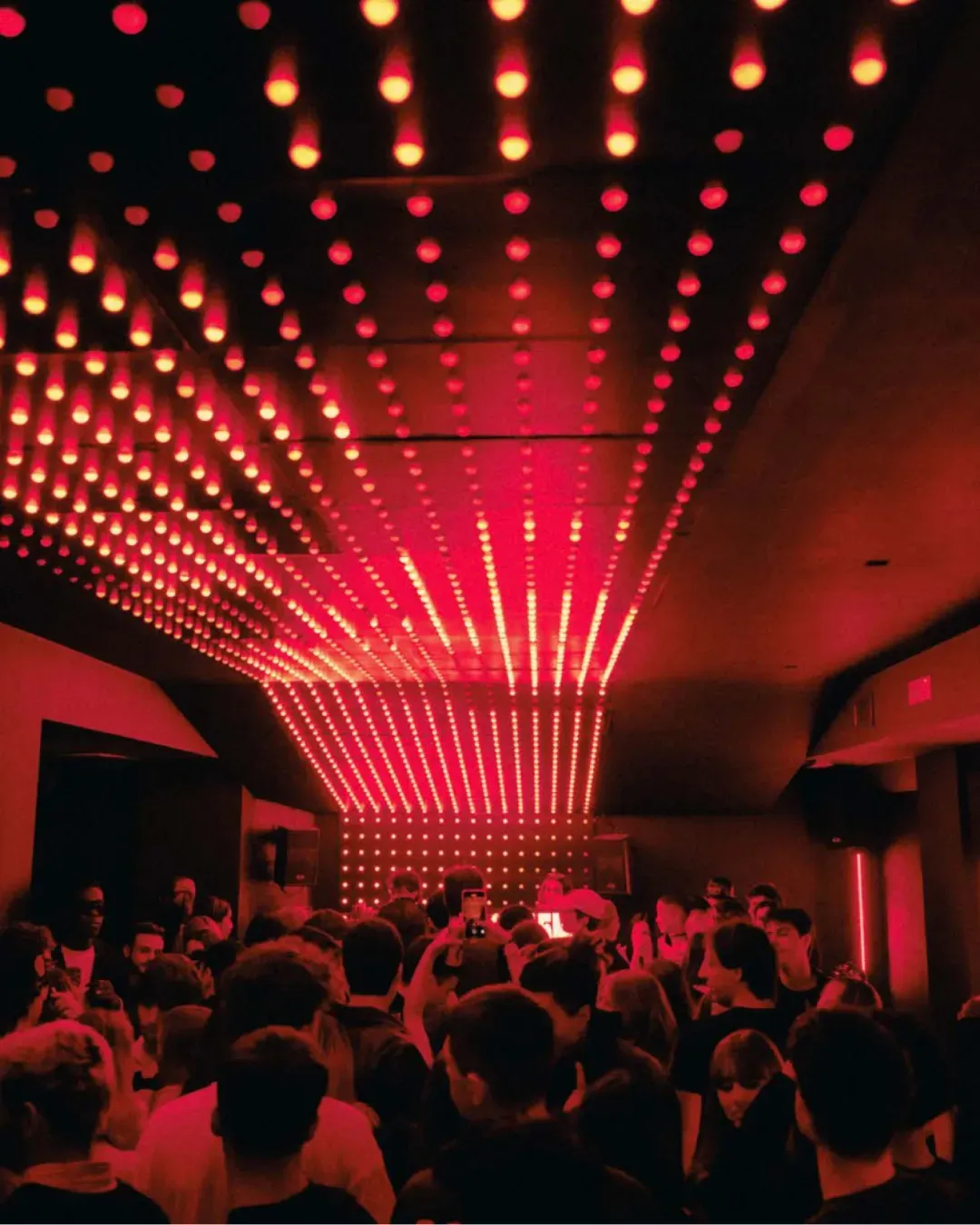
Why don't Italians know how to represent fashion on television? A great national epic punctually turned into a gossip pit
More than two years ago, we had written about the Made in Italy series produced by Prime Video saying that, within it, the great history of Milanese fashion was being told with a didactic and superficial style, too indebted to the format that The Devil Wears Prada had inaugurated in the early 2000s. Today the series has disappeared into thin air after only one season. Despite the criticism it received, it is perhaps somewhat missed in an Italian television landscape dominated, at the moment, by the Mare Fuori thugs and their questionable wardrobe choices. A two-year period later another initiative sought to chronicle the birth of Milan Fashion Week, Milan: The Inside Story of Italian Fashion directed by John Maggio. The film displeased some of the insiders who, while praising its archival research, criticized how Milan's great fashion history had been reduced to a bunch of scandals, crime reports, and sensationalism. This is not overly surprising given that the narrative of this all-Italian affair was entrusted to an award-winning American filmmaker, who preferred to portray the more scandalized and romanticizing sides of the story without talking about the professionalism, entrepreneurship, and basically those positive values that created the value that the Made In Italy brand possesses today. Which begs the question: how come to this Italian story could not be told by an Italian? And why can't the fashion world of this country receive the same media treatment given to, say, the world of product design and its immense creatives celebrated worldwide?
It must be said that Italy as a country has not really made peace with the fashion world. If in Milan the institutions celebrate the brilliant and positivistic rhetoric of fashion week, the rest of the country seems to look at this multi-billion dollar industry with a certain resentment - the same resentment that is paid to figures like Chiara Ferragni who, during her two nights at Sanremo, was media-stoned by a social audience that seemed not only to hate the privilege and lifestyle represented by her figure but also to await her failure with a kind of sadistic glee masquerading as social revenge. This attitude is the result of a fashion industry that celebrates itself in front of everyone without being for everyone, guilty no doubt of hypocrisies and necessarily elitist onto which the discontented of an increasingly economically divided society are projected. But it is also true that the designers of that era, the Armani, the Ferrè, the Missoni, the Etro, and the Versace, to name a few, helped create a national myth and a turnover that undoubtedly enriched our country - if only culturally. And what is most astonishing is that, for example, our French neighbors, in fashion, have really tacked on a great media mythology (think of how many films on the lives of Chanel and Yves Saint Laurent exist, but also documentaries or realist dramas like Haute Couture) while in America, starting with Altman's Prêt-à-Porter, via The Devil Wears Prada, Phantom Thread, the Halston series, and Neon Demon, just to make a summary list, fashion is approached, if not with sympathy, at least with openness and interest. What are the films about fashion in Italy? The first and only one that comes to mind is Sotto il vestito niente by Carlo Vanzina - while stories like House of Gucci or the Versace assassination are punctually entrusted to sensationalist and somewhat clumsy American producers who, punctually, turn the saga of fashion in Italy into a soap opera.
Seeing again this masterpiece. Saint Laurent (Bonello, 2014) pic.twitter.com/ayZOSsmO08
— María-José (@MjAllennn) February 10, 2016
Now, to return to Made In Italy, which in retrospect was really a novelty in a TV landscape full of cops, nuns, family doctors, and petty criminals, it is somewhat regrettable that the network did not take up the criticism of the first season by producing a more centered and mature second season, deciding instead to cancel the series altogether. Perhaps it is true that audiences have no interest in such stories, maybe it is true that extolling the advance of the luxury industry is read by many as a slap in the face of misery, and perhaps it is also true that today's fashion has become so disconnected from the mind frame of a real country that still laments the era when menswear consisted of woolen three-piece suits and little else and that ill digests post-modernism. Yet doing so gives implicit permission to authors and producers around the world to appropriate and misrepresent a cultural legacy that, by rights, should be ours. When Italy reflects on Italy the results can be beautiful: think of Sorrentino's films about Andreotti and Berlusconi, the success of 1992, which recounted the Tangentopoli scandal, or Esterno Notte on Netflix, which recounts the story of Aldo Moro, but also Nicolò Ammaniti's mini-series Il Miracolo. The existence of these products, and in general the return to quality that has involved many of Italy's TV series and films in recent years, demonstrates that in our country the skills and awareness necessary for the creation of an informed and well-crafted narrative on Italian fashion exist and that it is perhaps the producers who are evaluating the audience's intelligence downward, proposing "facilitated" and often banal products.














































